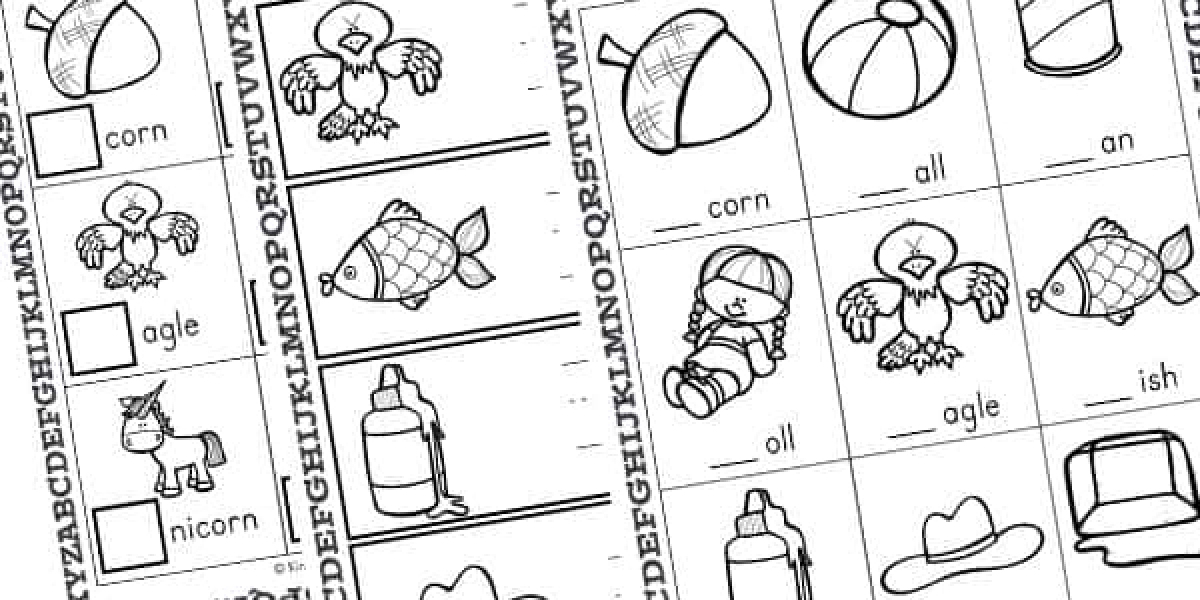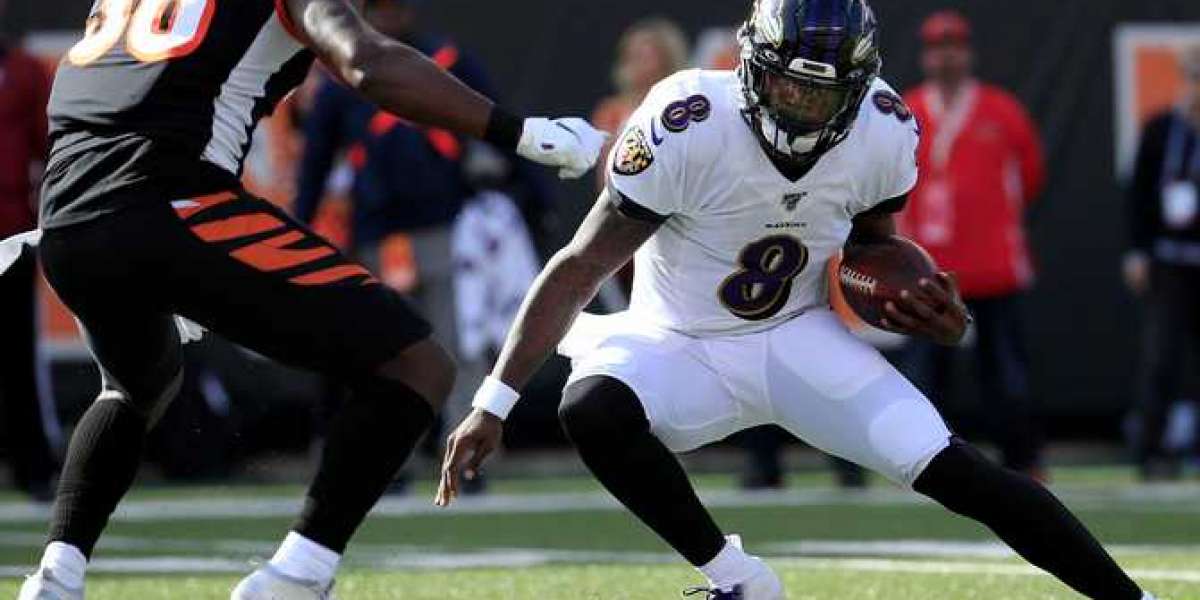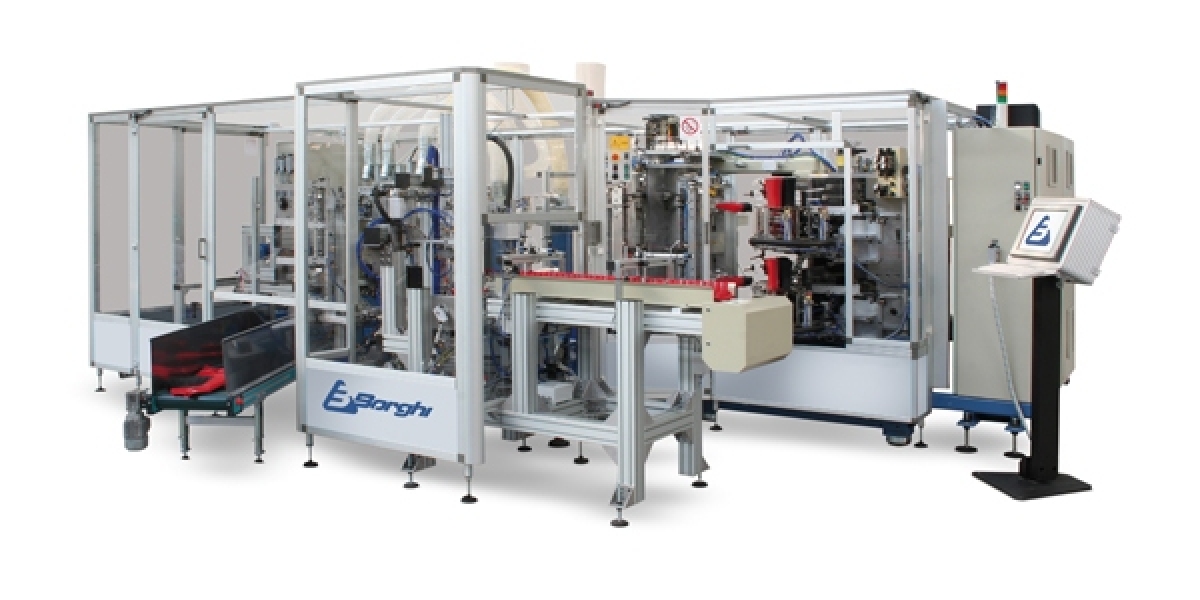What Are Beginning Sounds?
Beginning sounds refer to the first sound in a word, also known as the initial sound. For example:
- The beginning sound of the word "cat" is /k/.
- The beginning sound of the word "dog" is /d/.
- The beginning sound of the word "fish" is /f/.
Teaching beginning sounds helps children understand how letters and sounds correspond, which is essential for building reading fluency.
Why Are Beginning Sounds Worksheets Important for Kindergarten?
Beginning sounds worksheets offer several benefits for kindergarten students:
- Improves Phonemic Awareness: Phonemic awareness is the ability to recognize and manipulate sounds in spoken words. Beginning sounds worksheets help students develop this crucial skill.
- Builds Vocabulary: As students practice identifying beginning sounds, they also encounter new words, which helps expand their vocabulary.
- Supports Reading Skills: Understanding beginning sounds is the first step toward decoding and reading words. It helps children recognize patterns in words, making reading easier.
- Enhances Spelling Skills: Recognizing the first sound in a word helps children when they are learning to spell.
- Engages Children: Worksheets with fun pictures and activities can make learning about beginning sounds enjoyable and exciting.
Ideas for Fun Beginning Sounds Worksheets
Here are some engaging and educational worksheet ideas that will help kindergarten students practice identifying beginning sounds:
1. Circle the Correct Beginning Sound
This activity asks children to match pictures with their correct beginning sounds.
Example Activity:
- Picture 1: A picture of a cat.
- Picture 2: A picture of a dog.
- Sounds to choose from: /c/, /d/, /b/.
- Instructions: "Circle the letter that makes the beginning sound of each picture."
(Answer: Circle /c/ for cat and /d/ for dog)
2. Match the Picture to the Letter
This worksheet involves matching pictures to the corresponding letter that represents the beginning sound.
- Example Activity:
- Pictures: A picture of a ball, a picture of a bat, and a picture of a car.
- Letters: A, B, C.
- Instructions: "Draw a line from the picture to the letter that makes the beginning sound."
3. Trace the Letters
This worksheet encourages children to trace both uppercase and lowercase letters that correspond to the beginning sounds of words.
Example Activity:
- Words: "bat", "sun", "apple".
- Instructions: "Trace the letter that makes the beginning sound of each word."
(Answer: "B" for bat, "S" for sun, "A" for apple)
4. Fill in the Missing Letter
This activity focuses on helping children identify the missing beginning sound by filling in the correct letter.
Example Activity:
- Word: "_at"
- Instructions: "Fill in the blank with the letter that makes the beginning sound of the word."
(Answer: "C" for "cat," "B" for "bat")
5. Beginning Sound Sorting
This worksheet has a variety of pictures, and children are asked to sort them based on their beginning sounds.
- Example Activity:
- Pictures: A picture of a lion, a picture of a monkey, and a picture of a car.
- Categories: /l/, /m/, /c/.
- Instructions: "Cut out the pictures and glue them in the correct column based on their beginning sound."
6. Beginning Sounds Bingo
Create a bingo board with pictures representing different beginning sounds. The teacher or parent can call out a sound, and the child must mark the picture that corresponds to that sound.
- Example Activity:
- Call out: "What word starts with the sound /t/?"
- Children would mark the picture of a tiger, truck, or tree on their bingo sheet.
7. Color the Pictures According to the Sound
This worksheet involves coloring pictures based on the beginning sounds they hear.
- Example Activity:
- Instructions: "Color the picture of the apple red (beginning sound /a/), the picture of the cat green (beginning sound /c/), and the picture of the dog blue (beginning sound /d/)."
8. Beginning Sounds Scavenger Hunt
For a more hands-on approach, students can go on a scavenger hunt around the room or their home to find objects that start with a particular sound.
Example Activity:
- Instructions: "Find 3 objects in the room that start with the sound /b/."
(Objects could include a ball, book, and bat.)
9. Draw the Beginning Sound
This activity asks children to draw pictures of objects that start with a specific letter or sound.
Example Activity:
- Letter: /s/
- Instructions: "Draw three things that start with the sound /s/."
(Children could draw a sun, a snake, and a star.)
10. Letter Sound Recognition
This worksheet asks students to identify the letter that corresponds to the beginning sound of various words.
Example Activity:
- Words: "sun", "dog", "ball"
- Letters: A, D, S, B.
- Instructions: "Circle the letter that makes the beginning sound of each word."
(Answer: Circle S for sun, D for dog, B for ball)
Where to Find Free Beginning Sound Worksheets
If you're looking for free printable beginning sound worksheets, here are some great resources:
- Education.com: Offers a variety of printable worksheets and activities for beginning sounds.
- Twinkl: Provides a wide range of beginning sounds worksheets that are free to download.
- Teachers Pay Teachers: A platform where teachers share free and paid resources, including beginning sounds worksheets.
- Super Teacher Worksheets: Features worksheets focused on phonics and beginning sounds.
- K5 Learning: Offers printable worksheets specifically designed for early learners to practice phonics and beginning sounds.
How to Create Your Own Beginning Sound Worksheets
Creating your own beginning sound worksheets is easy and can be done using tools like Google Docs, Microsoft Word, or design platforms like Canva. Here’s how to create your worksheets:
- Choose the Sound Focus: Decide whether you want to focus on a single letter sound (e.g., /b/ or /t/) or a group of sounds (e.g., /s/, /m/, /l/).
- Add Clear Instructions: Provide simple, clear instructions, such as “Circle the letter” or “Match the pictures.”
- Incorporate Fun Pictures: Use simple images of objects that clearly start with the sound you’re teaching.
- Design and Layout: Make the worksheet visually appealing by using colors and spacing to keep it neat and engaging.
- Print and Use: Once your worksheet is ready, print it out for classroom or home use.
Conclusion: The Importance of Beginning Sound Worksheets
Free begining sounds worksheets for kindergarten pdf are an excellent way to help kindergarten students develop essential phonemic awareness skills. By recognizing and practicing the first sound in words, children build the foundation they need for reading and spelling. These worksheets are not only educational but also fun and engaging, providing a hands-on way to reinforce beginning sound recognition.
By using a variety of worksheets and activities, parents and teachers can make learning beginning sounds enjoyable while preparing young learners for successful literacy development!









